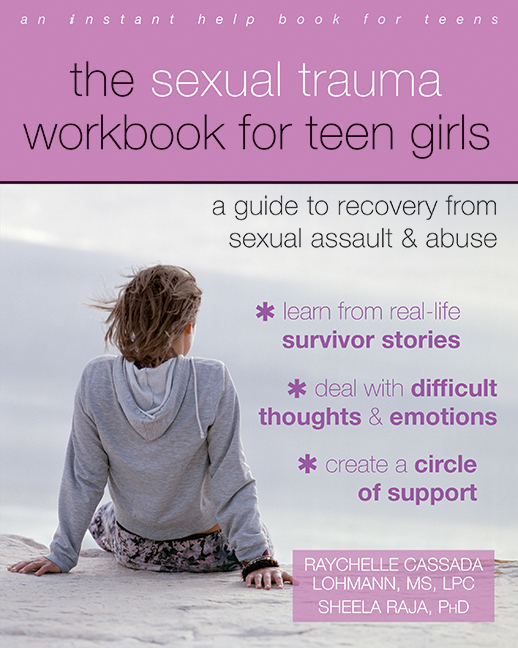When I was growing up, my dad used to read me a funny poem about mythical town that was situated on a beautiful cliff. There was a very pretty valley below, and the townspeople would often go to scenic overlook. They weren’t terribly careful, though, because people looking over the valley kept falling off the cliff. The townspeople held a meeting to figure out how to deal with this serious situation. Half of the townspeople decided that the town should put up a fence, to stop people from falling. The other half of the town decided it was smarter to put a full-time ambulance in the valley, to help the people who were hurt. I tell this story at almost every training that I give on PTSD and trauma.
If you are trauma survivor, a trauma therapist (or both), at some point you must figure out where you are going to spend your energy. Are you going to focus on prevention (building a fence around the cliff) or will you focus on healing injuries (the ambulance in the valley)? In truth, we must do both. We need to focus on healing and resilience, and we have to find ways to stop needless trauma from happening again and again in our culture.
Resilience can be defined as a person’s ability to adapt or bounce back after trauma. Resilient individuals still experience distress, but they have the social support and skills needed to overcome some of what they are dealing with. These aren’t necessarily skills they are born with—they are strategies that can be learned and practiced over time. Resilience is closely related to post-traumatic growth, which is the idea that people can find meaning and ways to contribute to the world, based on what they have experienced. This doesn’t mean that someone would ever want to experience a trauma, but it can be a positive side effect of living through something difficult.
See also: It’s Time to Believe Sexual Assault Victims
As a therapist, I’m amazed at the ways that individual resilience and post-traumatic growth can be a part of trauma prevention in our culture. I’ve seen this again and again, across trauma type and across a diverse set of people. For example, when I worked with veterans who experienced spinal cord injury, I watched many clients become national advocates for veterans’ rights. I have watched victims become outspoken supporters of rape prevention programs on campus. I have seen families of gun violence victims tirelessly advocate for changes to our gun laws. I’ve been humbled to see cancer survivors selflessly offer support to someone who has been newly diagnosed. Trauma survivors often find ways to give back despite—or maybe because of—what they’ve lived through.
These people remind us that resilience isn’t uncommon. People can display everyday heroism, given the right tools, including healthy coping strategies and plenty of social support.
When we talk about trauma, let’s make sure we remember that long-term healing often involves dealing with individual symptoms as well as finding ways to help others and prevent trauma in the first place. When I narrate that story about the town on the cliff, I tell my audience that I will keep advocating for that fence, and hoping for a day when the ambulance is no longer needed.
 Sheela Raja, PhD, is a licensed clinical psychologist and author of The Sexual Trauma Workbook for Teen Girls. She is also the author of Overcoming Trauma and PTSD. Raja is an associate professor at the University of Illinois at Chicago, where she researches the impact of trauma on health. Her newest book is The PTSD Survival Guide for Teens.
Sheela Raja, PhD, is a licensed clinical psychologist and author of The Sexual Trauma Workbook for Teen Girls. She is also the author of Overcoming Trauma and PTSD. Raja is an associate professor at the University of Illinois at Chicago, where she researches the impact of trauma on health. Her newest book is The PTSD Survival Guide for Teens.


 Part 2: What to Do When a Client Is Participating in Self-Judgment?
Part 2: What to Do When a Client Is Participating in Self-Judgment?